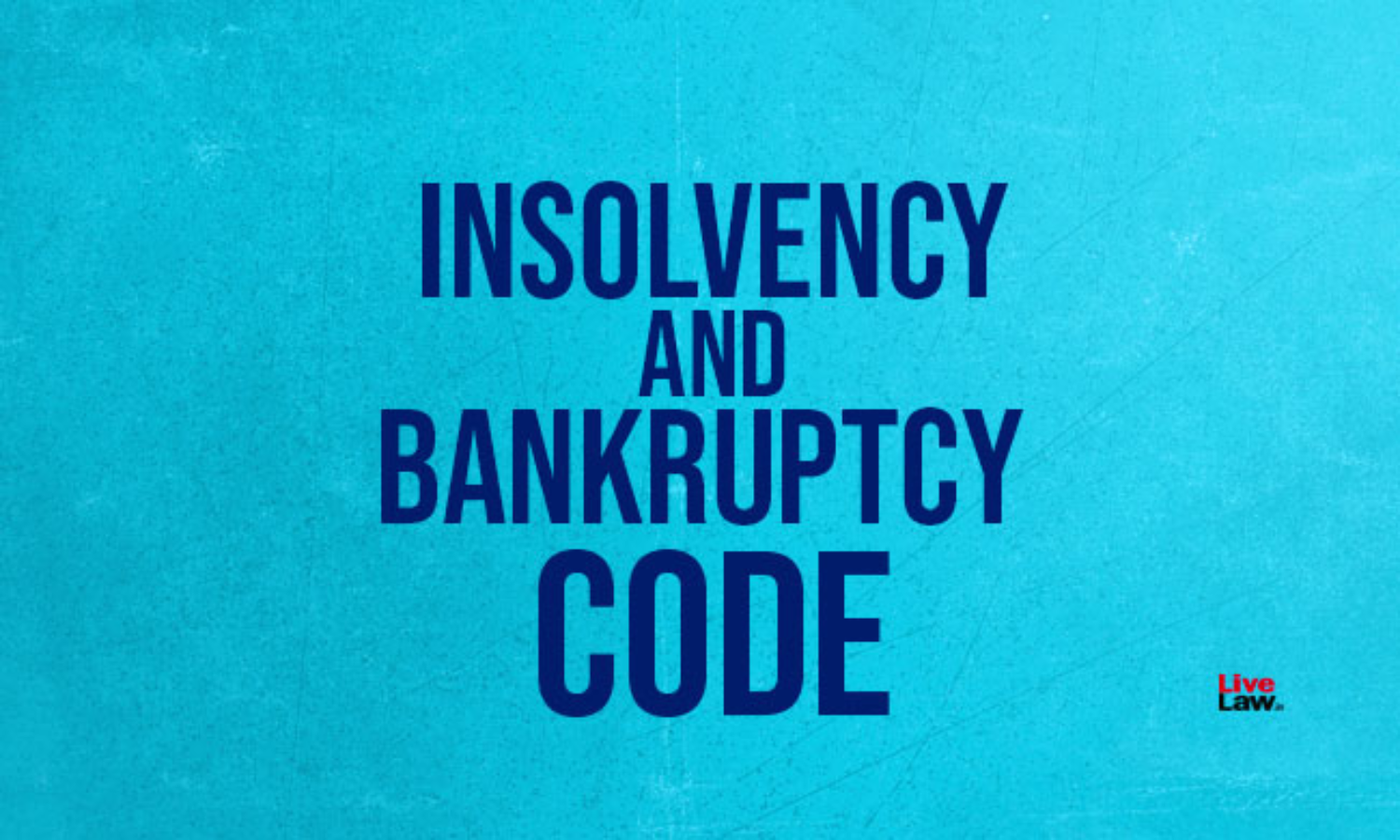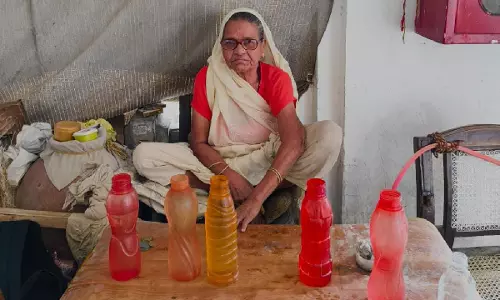
On 25 March 2020, in light of the COVID-19 pandemic currently plaguing the world, the Central Government, through the Ministry of Home Affairs, had to take the harsh step of imposing a nationwide lockdown, which has been supplemented by periodic extensions. As a result of the unprecedented impact of this measure on businesses, and to aid the plunging economic scenario in the country,...
On 25 March 2020, in light of the COVID-19 pandemic currently plaguing the world, the Central Government, through the Ministry of Home Affairs, had to take the harsh step of imposing a nationwide lockdown, which has been supplemented by periodic extensions. As a result of the unprecedented impact of this measure on businesses, and to aid the plunging economic scenario in the country, a series of economic reforms have been sought to be implemented under the aegis of the finance minister Ms. Nirmala Sitharaman. On 24 March 2020, the Ministry of Finance ("MoF") announced its intention of suspending Sections 7, 9 and 10 of the Insolvency and Bankruptcy Code 2016 ("Code") for a period of six months, should the current situation continue beyond 30 April 2020, to stop companies at large from being forced into insolvency proceedings in such force majeure causes of default[1]. Given the worsening situation, the MoF by way of a subsequent announcement on 17 May 2020, has confirmed "Suspension of fresh initiation of insolvency proceedings up to one year, depending upon the pandemic situation. Empowering Central Government to exclude COVID 19 related debt from the definition of "default" under the Code for the purpose of triggering insolvency proceedings."[2].
Background
The Code was enacted with a view to bring about the time bound resolution of insolvent firms, individuals and corporate persons to ensure maximization of the value of its assets. The aforementioned sections are key provisions of the Code. While Section 7 deals with Financial Creditors initiating insolvency proceedings against a company, Section 9 deals with Operational Creditors initiating the same and Section 10 allows a defaulting company itself to approach the National Company Law Tribunal ("NCLT") to declare itself insolvent.
Given the gravity of the current circumstances, the Central Government is set to enforce the suspension of Sections 7, 9 and 10 of the Code ("Proposed Suspension"). Whilst some experts have hailed the Proposed Suspension as a move which would save companies from facing management instability, others state that it just buys a sick company's management time and allows dues to pile up. What makes the Proposed Suspension problematic is that it does not make any mention of Part III of the Code.
Part III of the Code deals with the insolvency and bankruptcy of individuals and partnership Firms. By way of a notification dated 15 November 2019, the Central Government brought into effect Part III of the Code with effect from 1 December 2019, in so far as it is applicable to Personal Guarantors of a Corporate Debtor along with the relevant rules and regulations[3], notably Section 2(e), Section 78 (except with regard to fresh start process) and Section 79, Sections 94 to 187, Section 239(2)(i)(g), Section 239(2)(zc)(m), Section 240(2)(zs)(zn) and Section 249.
Prior to the coming into effect of Part III of the Code, promoters could only be tried in the Debts Recovery Tribunal ("DRT") by filing recovery suits. However, all creditors are now empowered to take recourse against them under the Code. The contentious debate this triggers is that now a promoter's assets may also be attached for the purpose of insolvency proceedings.
Post 2013, several promoters have furnished personal guarantees since the Reserve Bank of India ("RBI") now requires banks to obtain personal guarantees of promoters in all cases of restructuring[4]. Albeit limited to companies facing restructuring, the rationale provided by the RBI is that it ensures that the promoters still have their "skin in the game" indicative of their commitment to the restructuring package. This guideline has far reaching repercussions as promoters may now face their personal assets being attached to insolvency proceedings.
Personal Guarantors under the Code
The law with regard to personal guarantors of corporate debtors was first laid down by the Supreme Court in State Bank of India v. V. Ramakrishnan[5], wherein it was held that a contract of guarantee is specifically kept out of a moratorium under Section 14 of the Code against the liabilities of the corporate debtor. Keeping in view Section 31 of the Code, coupled with a guarantor's obligation under Section 133 of the Indian Contract Act 1972, the aim was to ensure that a guarantor is not relieved from making payments even if the debt is varied under the resolution plan as the resolution plan is binding on the guarantor as well.
Now the Code permits the initiation of insolvency resolution process against the personal guarantor of a corporate debtor either by way of an application by the creditor[6] or an application filed by the debtor himself, i.e., the guarantor[7] before the Adjudicating Authority.
It is interesting to note that as per Section 60 read with Section 79(1) of the Code, the Adjudicating Authority in relation to insolvency resolution and liquidation for corporate debtors and personal guarantors thereof shall be the National Company Law Tribunal ("NCLT"), and for all other cases shall be the Debt Recovery Tribunal ("DRT") established under the Recovery of Debts Due to Banks and Financial Institution Act 1993 ("RDB Act"). This implies that, if insolvency proceedings are initiated solely against the personal guarantor, the Adjudicating Authority is the DRT and not the NCLT.
Whilst the Proposed Suspension doesn't let a creditor invoke insolvency proceedings against the defaulting company/ corporate debtor, it is silent on invoking the same against a personal guarantor. Consequently, it may now be possible for a creditor to proceed against a personal guarantor of a corporate debtor by way of initiation of insolvency resolution process under Section 95 of the Code before the DRT.
This makes cumbersome and long drained, a Code that was brought in to ease the process of Insolvency. It is likely that creditors will make a beeline for the DRT for the purpose of recovery proceedings directly against the personal guarantors, citing inability to claim their dues against the corporate debtor. The purpose of suspending proceedings against the corporate debtor would stand defeated should the same be allowed against the personal guarantor. Should the forums, time periods and structures not be streamlined, the Code may see the same fate as the Sick Industrial Companies (Special Provisions) Act 1985.
Assuming an application has been filed by a creditor under Section 95 before the DRT for the initiation of insolvency resolution of a personal guarantor, Part III of the Code provides for two kinds of moratorium: (a) interim moratorium under Section 96; (b) moratorium under Section 101. An interim moratorium under Section 96 comes into effect as soon as an application is filed under Section 94 or Section 95 of the Code before the DRT i.e the relevant Adjudicating Authority, and operates against all debts owed by the guarantor, as well as all legal proceedings in relation to such debts. Thereafter, once such application is admitted, a moratorium under Section 101 comes into effect until the acceptance of a repayment plan. The moratorium under Section 101 is enforced for a period of 180 days, whereby pending legal actions or proceedings in respect of all debts are stayed, creditors are prohibited from instituting fresh legal proceedings in respect of their debts and the guarantor is barred from transferring or alienating his assets.
In fact, the Supreme Court, in State Bank of India v. V. Ramakrishnan[8], has held that when an application is filed under Part III, an interim moratorium or a moratorium under Section 101 is applicable in respect of any debt due, and the protection of moratorium under these sections is far greater than that under Section 14, which is limited to a stay on the legal proceedings against the debt and not the debtor. Therefore, once an interim moratorium kicks in, the whole purpose of the Proposed Suspension which was to remove an element of risk for companies, and allow it to access all its options of securing funding/ loans or attempting to secure any form of relief stands defeated.
CONCLUSION
In view of the above, while what version would ultimately be implemented is a gnawing question, the current state in which the MoF seeks to amend the Code seems problematic to say the least. The Proposed Suspension would have far reaching consequences on a Code which has had a tumultuous background to begin with, in light of the multiple amendments it sees, more frequently than any law should.
Moreover, in light of the latest announcement of the MoF dated 17 May 2020, the most urgent aspect that needs to be addressed is the lack of clarity that has now ensued in light of the previous press release. Mere use of the terms "IBC stands suspended" does not make clear whether the MoF intends to do what was stated earlier i.e suspend only Sections 7,9 and 10 or resort to a more encompassing directive which would insulate personal guarantors from the proceedings as well.
There is presently no settled jurisprudence on collection of dues from personal guarantors rather than the corporate debtor itself and the Proposed Suspension does nothing but redirect creditors to initiate insolvency proceedings directly against the guarantors rather than first approaching the corporate debtor whose dues have actually accumulated. The implementation of the same would be precarious and may trigger more litigation before the DRT, a forum which so far has not dealt with insolvency proceedings before December 2019.
[1] Press Information Bureau, 'Finance Minister announces several relief measures relating to Statutory and Regulatory compliance matters across Sectors in view of COVID-19 outbreak', 24 March 2020 <https://pib.gov.in/newsite/PrintRelease.aspx?relid=200639 > accessed on 04 May 2020
[2] Press Information Bureau, 'Finance Minister announces Government Reforms and Enablers across Seven Sectors under Aatma Nirbhar Bharat Abhiyaan', 17 May 2020 <https://pib.gov.in/PressReleasePage.aspx?PRID=1624661> accessed on 18 May 2020
[3]The Insolvency and Bankruptcy (Application to Adjudicating Authority for Insolvency Resolution Process for Personal Guarantors to Corporate Debtors) Rules, 2019; The Insolvency and Bankruptcy (Application to Adjudicating Authority for Bankruptcy Process for Personal Guarantors to Corporate Debtors) Rules, 2019; The Insolvency and Bankruptcy Board of India (Insolvency Resolution Process for Personal Guarantors to Corporate Debtors) Regulations, 2019; The Insolvency and Bankruptcy Board of India (Bankruptcy Process for Personal Guarantors to Corporate Debtors) Regulations, 2019
[4]RBI Circular No. 2012-13/54 dated 30 May 2013
[5] State Bank of India v. V. Ramakrishnan, AIR 2018 SC 3876
[6] Insolvency and Bankruptcy Code 2016, s. 95
[7] Insolvency and Bankruptcy Code 2016, s. 94
[8] State Bank of India v. V. Ramakrishnan, AIR 2018 SC 3876




